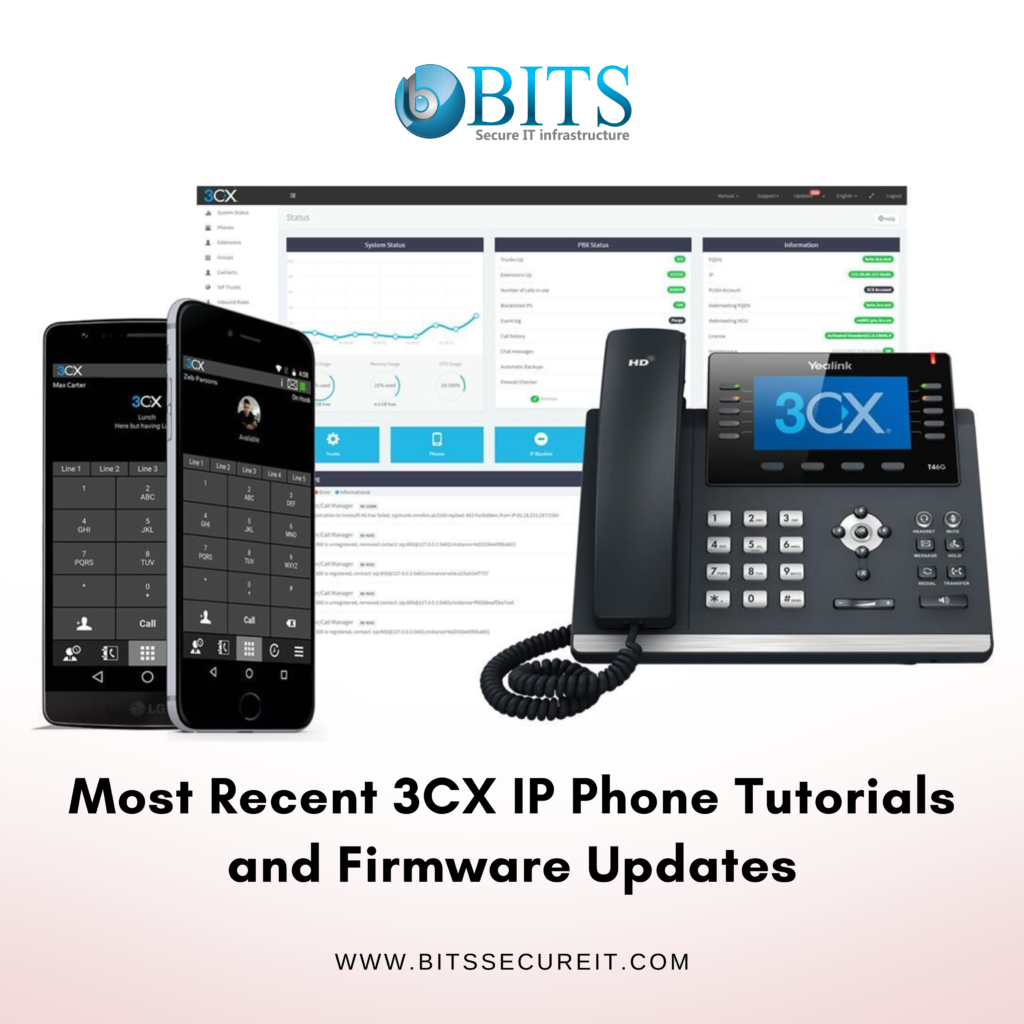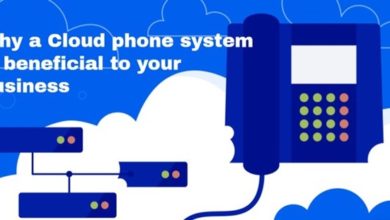
In recent updates to the 3CX system, several changes have been made to the IP Phones to improve security and simplify the configuration process. In this blog post, we’ll take a closer look at the updates and what they mean for users.
3CX Update 6 Enhances Support for IP Phones
After being marked as end-of-life by vendors, some IP phones were unable to keep up with security updates in 3CX’s Update 5 and were removed from support. However, with the release of 3CX’s Update 6, these phones are once again supported and functional, able to be configured both locally and remotely. It’s important to note that if you don’t already own these phones, they should not be purchased as they will not receive any future firmware updates and could be subject to removal if a security vulnerability is found.
Good news! With Update 6 Alpha, Yealink has released new firmware for its T29G, T46G, and T48G models to ensure secure provisioning with 3CX once again. The firmware has undergone extensive negotiations and discussions to ensure maximum security and compatibility.
And it gets even better! With the final release of Update 6, Yealink has added more models to the list, including the T41P and T42G.
The Yealink T27P has made a comeback, but due to the lack of updated firmware from Yealink, it can only be set up within a local area network (LAN). This means that the phone can only be configured through a direct connection to the network, rather than remotely through the internet.
To ensure the best experience, it is highly recommended to update your phone to the latest firmware version before configuring it. This will ensure maximum security and optimal functionality.
Snom D120, D305, D375, D745, 710, 720, and 760 SIP Phones are once again available for use! However, it is essential to ensure that these phones are updated to the latest supported firmware before configuring them through 3CX.
Manual Provisioning Solution for Older EOL IP Handsets
Despite efforts to bring as many EOL IP phones back into support, some models just cannot be securely provisioned with 3CX. To accommodate users of these older handsets, manual provisioning guides have been updated to provide a solution. This involves specifying the registrar/SBC IP and AUTH ID through the phone’s web interface. This solution is only for existing users who already have these older IP handsets, and purchasing such outdated phones is not recommended.
The following phones fall under this category:
- Grandstream GXP Series: 1160, 1165, 1400, 1405, 1450, 2100, 2110, 2120, 2124
- Polycom VVX Series (EOL): 300, 310, 400, 410, 500, 600
- Snom: 300, 320, 360, 370, 820, 821, 870, PA1, Meeting Point
- Yealink: T19P, T20P, T21P, T22P, T26P, T28P, T32G, T38G
- Yealink (DECT phones): W52P, W56P, W60P
- Aastra 67i Series: 6730i, 6731i, 6739i, 6751i, 6753i, 6755i, 6757i
- Avaya 9601, 9608G, 9611G, 9621G and 9641G
- Cisco 7900 Series: 7940, 7941, 7960, 7961
- Cisco SPA Series: 508G, 525G/G2, 302, and others
- Fanvil: C400, C600, X3, X5, X1, iW30

New firmware updates
It is crucial to keep your system updated with the latest firmware releases for smooth operation. 3CX thoroughly tests all new firmware releases before making them available to users.
Snom has released a new firmware version v10.1.141.10 for the D3 and D7 series models, including bug fixes and support for newer hardware revisions. Users with valid maintenance can upgrade directly through 3CX, while others can follow the manual upgrade guide.
Yealink has also released special firmware, Lydis, for BeNeLux customers, available for various T3X, T4X, and T5X Yealink phones.



